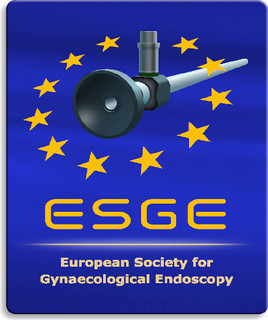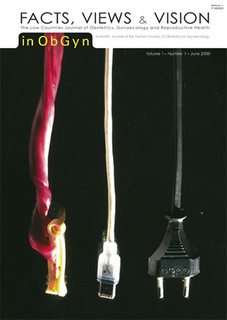Imaging in gynaecology: How good are we in identifying endometriomas?
Ultrasonography, endometriosis, endometrioma, adnexal tumours, pattern recognition, subjective evaluation.
Published online: Jun 03 2009
Abstract
Aim: To evaluate the performance of subjective evaluation of ultrasound findings (pattern recognition) to discriminate endometriomas from other types of adnexal masses and to compare the demographic and ultrasound characteristics of the true positive cases with those cases that were presumed to be an endometrioma but proved to have a different histology (false positive cases) and the endometriomas missed by pattern recognition (false negative cases).
Methods: All patients in the International Ovarian Tumor Analysis (IOTA ) studies were included for analysis. In the IOTA studies, patients with an adnexal mass that were preoperatively examined by expert sonologists following the same standardized ultrasound protocol were prospectively included in 21 international centres. Sensitivity and specificity to discriminate endometriomas from other types of adnexal masses using pattern recognition were calculated. Ultrasound and some demographic variables of the masses presumed to be an endometrioma were analysed (true positives and false positives) and compared with the variables of the endometriomas missed by pattern recognition (false negatives) as well as the true negatives.
Results: IOTA phase 1, 1b and 2 included 3511 patients of which 2560 were benign (73%) and 951 malignant (27%). The dataset included 713 endometriomas. Sensitivity and specificity for pattern recognition were 81% (577/713) and 97% (2723/2798). The true positives were more often unilocular with ground glass echogenicity than the masses in any other category. Among the 75 false positive cases, 66 were benign but 9 were malignant (5 borderline tumours, 1 rare primary invasive tumour and 3 endometrioid adenocarcinomas). The presumed diagnosis suggested by the sonologist in case of a missed endometrioma was mostly functional cyst or cystadenoma.
Conclusion: Expert sonologists can quite accurately discriminate endometriomas from other types of adnexal masses, but in this dataset 1% of the masses that were classified as endometrioma by pattern recognition proved to be malignancies.



